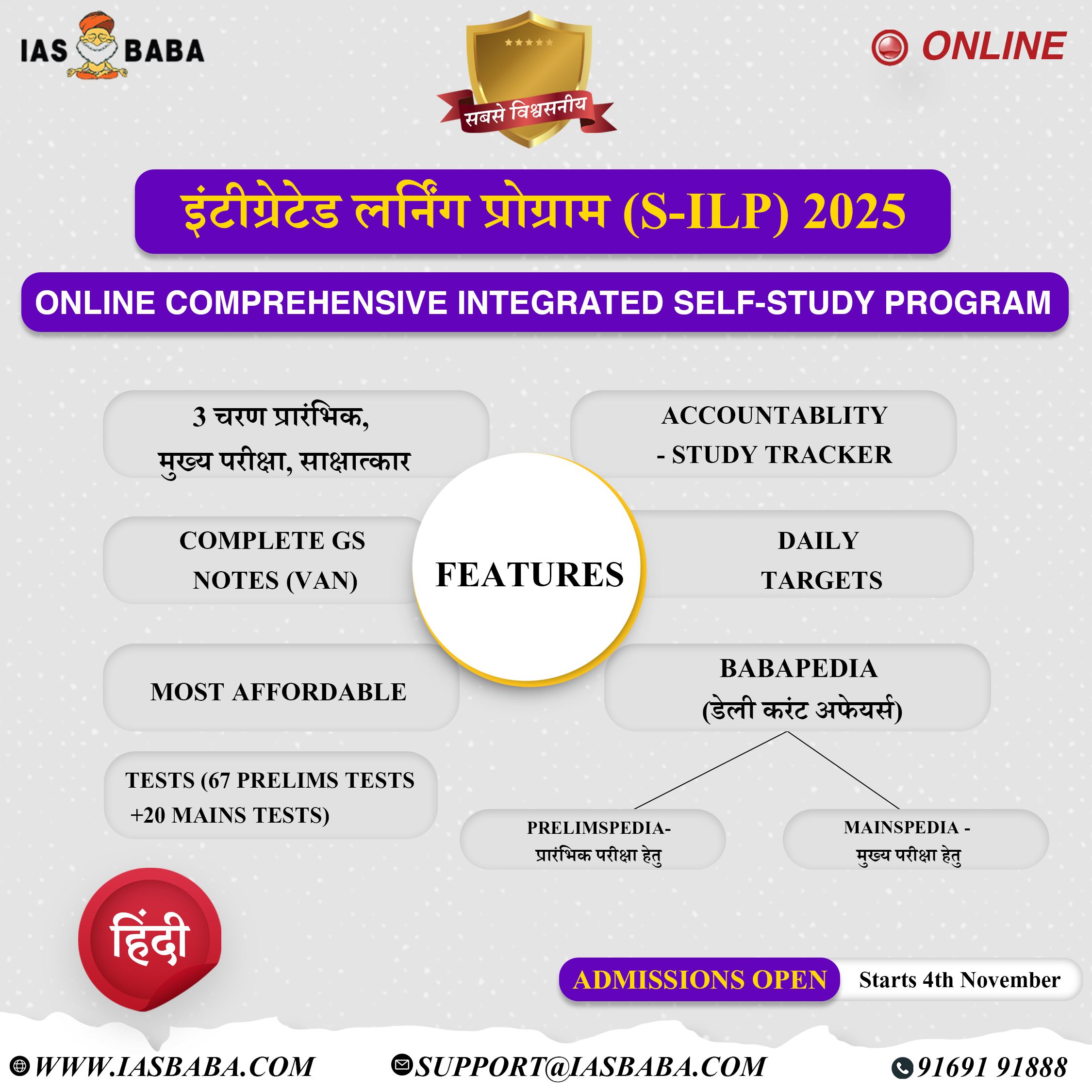GS 3, Sci & Technology, TLP-UPSC Mains Answer Writing
Analyze the applications of drones in agriculture and its potential benefits to farmers and the agriculture industry as a whole.
कृषि में ड्रोन के अनुप्रयोगों और किसानों और कृषि उद्योग को समग्र रूप से इसके संभावित लाभों का विश्लेषण करें।
Approach
In this question candidates need to write about applications of drones in agriculture and its potential benefits to farmer and agriculture industry
Introduction
World Economic Forum (WEF), in its latest report, stated that drones have the potential to be the indicator of technology-led transformation of Indian agriculture.
Body
The agricultural drone market is expected to grow from a $1.2 billion (USD) industry in 2018 to $4.8 billion in 2024.
Applications of drones in agriculture –
- Cost of application – As per WEF, drone usage could reduce the cost of application by 20% and mitigate health hazards of manual work.
- Precision agriculture – It is also useful in promoting precision agriculture, thereby optimizing input use.
- Productivity – Precision agriculture know-how and farm advisory services based on data sources can enable 15% increase in productivity.
- Evidence-based planning – Drones enable data collection and resource-efficient nutrient application which facilitates crop production forecast, and evidence-based planning.
- Emerging technologies – Drones can be an effective enabler for mainstreaming emerging technologies such as yield estimation or insurance.
- Aid in government initiatives – With drones, government initiatives like Per Drop More Crop will improve and water use inefficiency in irrigation will decline.
- Drones’ data integrated with GIS and Google Earth satellite images will streamline schemes like PMFBY by aiding crop cutting experiments, crop-loss estimation, insurance determination and dispute resolution.
- Agri-research – With drones, agri-research will become highly customized and localized.
- Better pricing – Since drones can capture backward and forward linkages, food processing industries will procure from farmers at better prices.
- World Economic Forum (WEF), in its latest report, stated that drones have the potential to be the indicator of technology-led transformation of Indian agriculture.
What role do drones play in addressing the challenges?
- The term drone, sometimes referred to as unmanned aerial vehicles (UAVs) refers to any aerial vehicle that receives remote commands from a pilot or relies on software for autonomous flight.
- Many drones display features like cameras for collecting visual data and propellers for stabilizing their flight patterns.
What steps were taken by the government to promote the use of drones?
- The agriculture ministry had released standard operating procedures (SOPs) for using drones in pesticide and nutrient application.
- Agriculture Ministry provides grant upto Rs. 10 lakhs to agricultural institutes for purchase of drones.
- Union Finance Minister has announced in the Budget 2022-23 that the Centre will promote ‘Kisan Drones’ to help farmers assess crops, digitize land records, spray insecticides and nutrients.
- The government has notified the Drone Rules 2021 which is expected to make drone operations simpler for civilian drone operators.
- New Delhi has eased drone policies with mechanisms such as the Production Linked Incentive scheme and import bans paving the way for the domestic manufacturing sector.
- Garud aerospace has set a goal of developing one lakh drones, which are being used for diverse purposes.
- Under the “SWAMITVA scheme”, land records are being documented through drone technology. Also medicines, vaccines are being supplied to various parts of the country and it is also being used for sprinkling pesticides etc on crops.
What is the need of the hour?
- The need is to scale up drone use in the agriculture sector from the present 10,000 aerial vehicles.
- Civil-military engagement should be promoted to realize gains from cross-industry application of drones.
- Consultations may be held with experienced strategic partners like Israel where AI-enabled drones are used for mapping plots, assessing crop damage, and even plucking only ripe apples.
Conclusion-
Promotion of drone in agriculture is a welcome step that can usher in development but it will require collaborative effort of all stake holders (manufacturers, Government agencies and Agriculture institutes) along with awareness and capacity building of farmers to achieve its true potential.











